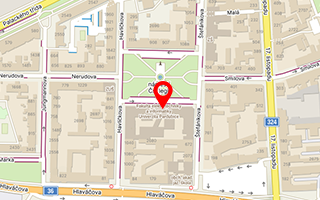Publikace detail
Clarification of Discrepancies in the Classification of 1oo2 and 2oo2 Architectures Used for Safety Integrity in Land Transport
Autoři:
Filip Aleš | Capua Roberto | Neri Alessandro | Salvatori Pietro
Rok: 2021
Druh publikace: článek ve sborníku
Název zdroje: Proceedings of the 31st European Safety and Reliability Conference
Název nakladatele: Research Publishing Services
Místo vydání: Singapore
Strana od-do: 1272-1279
